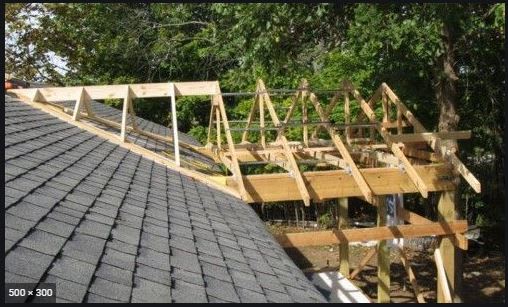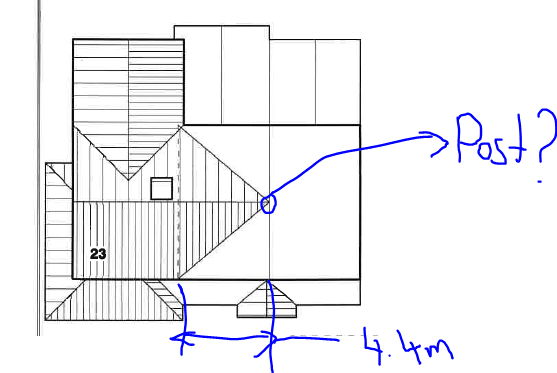sithlord382
Civil/Environmental
- Feb 13, 2016
- 37
Hi I have been looking at a house (circa 1960s) to purchase that has an approved planning application attached to it, for a side extension that will result in a cross gable roof structure. I went to view the property today and went into loft to find some sort of truss system instead of the open space rafter configuration which I am normally used to seeing.
I am interested in purchasing the property, carrying out the proposed works and re-selling but I need to roughly figure out how much the proposed works would cost before I go ahead, to essentially see if it is worth it.
My question is how would the new gable roof (which is perpendicular to the existing gable roof) be constructed? The existing roof has a W shaped truss system and surely you can't just snip away at these trusses to make way for the new roof structure as it will effect the structural integrity. Would the new roof construction need to be a truss system (therefore do i need to get a truss specialist involved in determining a quote) or can it be open plan with the standard ridge beam, roof rafters etc.
Thanks in advance
I am interested in purchasing the property, carrying out the proposed works and re-selling but I need to roughly figure out how much the proposed works would cost before I go ahead, to essentially see if it is worth it.
My question is how would the new gable roof (which is perpendicular to the existing gable roof) be constructed? The existing roof has a W shaped truss system and surely you can't just snip away at these trusses to make way for the new roof structure as it will effect the structural integrity. Would the new roof construction need to be a truss system (therefore do i need to get a truss specialist involved in determining a quote) or can it be open plan with the standard ridge beam, roof rafters etc.
Thanks in advance





